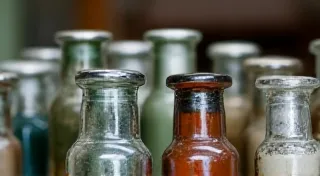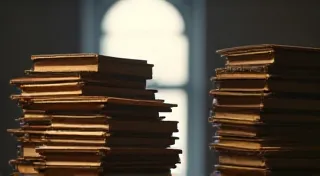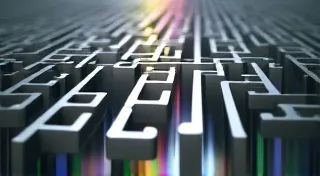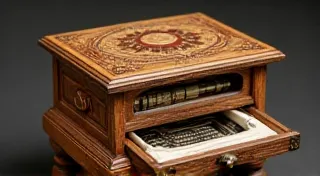Ribbons of Time: The Fading Colors of Typewriter History
The rhythmic clatter of keys. The satisfying *thwack* of the carriage return. The gentle scent of aged ink. These are the sensory hallmarks of the typewriter, a machine often relegated to dusty corners and antique shops, yet brimming with a profound connection to our past. While we admire the intricate mechanisms and elegant designs of these vintage office machines, a crucial, often overlooked element holds a story of its own: the typewriter ribbon. These fragile strips of woven fabric, coated in ink, are far more than mere consumables; they are vessels of history, capturing the voices, emotions, and aesthetics of bygone eras.
My grandfather, a meticulous accountant, kept a Smith Corona Silent in his office. I remember, as a child, the quiet reverence with which he handled its ribbons. He’d carefully store the used ones in a small tin, a collection of faded hues representing years of paperwork, letters, and financial records. It wasn’t until much later, as a collector myself, that I began to truly appreciate the significance of those seemingly insignificant ribbons.
The Early Days: Silk and Cotton – A Delicate Beginning
The story of typewriter ribbons is intrinsically linked to the evolution of the typewriter itself. Early models, pioneered by figures like Christopher Latham Sholes, Samuel Soule, and Carlos Glidden, used ribbons made of simple woven silk. These were incredibly delicate, prone to fraying and uneven ink distribution. They required careful handling and frequent replacement – a significant expense for early adopters. The ink itself was often a messy, homemade concoction, leading to unpredictable results and a limited palette of mostly black and brown. Imagine the painstaking labor involved in producing these early ribbons, entirely by hand! The limited color range speaks volumes about the priorities of the time – functionality outweighed any desire for self-expression or artistic flourish. This emphasis on utility also influenced other aspects of the typewriter's design, contributing to a machine built for practicality above all else. The inherent mechanical limitations of these early machines often sparked innovation, even shaping the styles of writing that flourished during that era – a fascinating look at the keys of constraint.
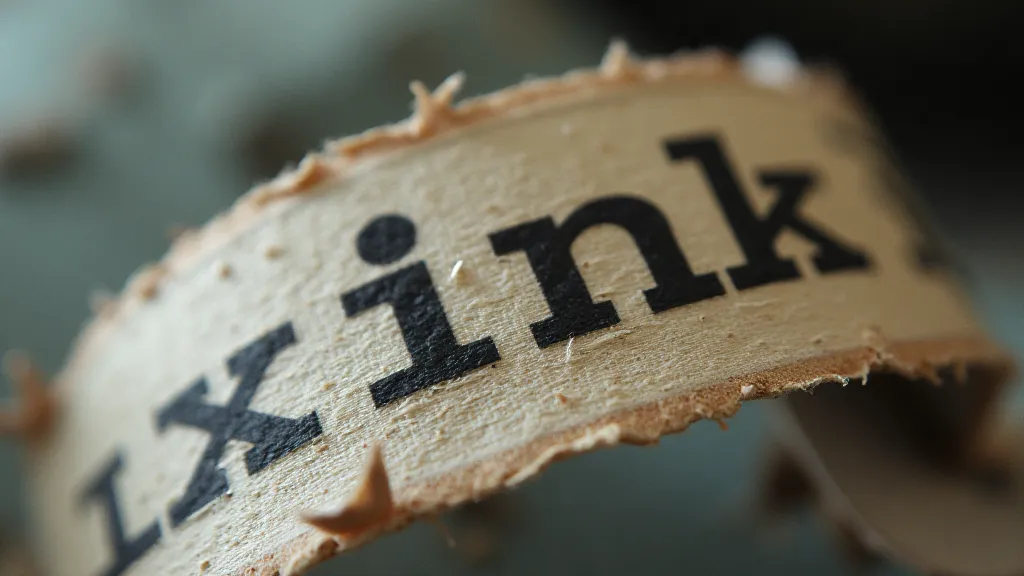
The shift to cotton ribbons occurred in the late 19th and early 20th centuries. Cotton offered improved durability and a more consistent weave, making ribbons more practical for office use. However, cotton ribbons still lacked the vibrancy and longevity of later innovations. The colors remained subdued – primarily black, brown, and occasionally a muted purple or dark blue. These limitations underscored the practical, utilitarian nature of early typewriting. Communication was a necessity, not an aesthetic pursuit. The challenge of consistent ink distribution also spurred early innovation in ribbon manufacturing techniques, although the results were often imperfect compared to later standards. Examining the early manufacturing processes is fascinating; it’s a microcosm of industrial innovation, driven by the demands of a rapidly changing workplace.
The Rise of Color: A Rainbow of Expression
The early 20th century witnessed a gradual but significant expansion in the availability of colored typewriter ribbons. As manufacturing processes improved and chemical advancements allowed for more stable and vibrant inks, a wider spectrum of colors began to appear: reds, greens, blues, and even yellows. This wasn’t merely a technological shift; it reflected a changing cultural landscape. The typewriter was evolving from a purely functional tool into a device capable of expressing personality and creativity. The desire for something more than just black and brown ink wasn’t just about aesthetics; it reflected a deeper societal shift towards greater individualism and self-expression. Consider how this coincided with the rise of Art Deco and other artistic movements that championed bold colors and innovative designs.
The 1930s and 1940s saw the peak of color experimentation. Ribbons in shades of burgundy, forest green, and royal blue became increasingly popular, particularly amongst writers and artists. These colors offered a subtle way to add a touch of individuality to typed documents – a quiet rebellion against the uniformity of the business world. The availability of colored ribbons coincided with a broader cultural trend towards self-expression and artistic exploration. The evolution of ink technology played a crucial role here, allowing for brighter, more stable colors that wouldn't fade or smear as easily as their predecessors. This period truly represents a pivotal moment in the typewriter's history, transforming it from a purely functional tool into a vehicle for creative expression. This era saw a fascinating interplay between technological innovation and evolving artistic trends. The possibilities felt endless.
Materials and Manufacturing: A Craft Lost to Time
The manufacturing process of typewriter ribbons was a fascinating blend of mechanical engineering and textile craftsmanship. Early ribbons were hand-woven and dyed, a labor-intensive process that demanded considerable skill. As demand increased, manufacturers developed more automated techniques, but the fundamental principles remained the same: carefully weaving the fabric, precisely coating it with ink, and ensuring even distribution. The quality of the ribbon was directly tied to the quality of the materials and the expertise of the craftspeople involved. The science behind the inks themselves was often rudimentary, involving experimentation with various pigments and binding agents. Documenting these processes offers a glimpse into the industrial ingenuity of the time.
Today, the techniques used to produce these ribbons are largely forgotten. Modern ribbons are often made from synthetic materials like nylon or polyester, which offer improved durability and affordability. However, they lack the unique character and subtle nuances of the older, hand-crafted ribbons. Holding a vintage ribbon in your hand is to connect with a lost art, a testament to the ingenuity and skill of the individuals who created them. While modern synthetic ribbons offer practicality, they often lack the subtle variations and imperfections that tell a story about their creation. This is where the appreciation for vintage ribbons truly shines – in their individuality and the connection they provide to a bygone era. The contrast between these antiquated methods and contemporary production highlights the trade-offs between efficiency and authenticity.
The Significance of Color and Collectibility
For collectors of vintage typewriters, typewriter ribbons are a crucial component of the experience. A ribbon in its original color and condition can significantly enhance the value and historical significance of a typewriter. Certain colors, particularly those that were produced in limited quantities or were popular during specific eras, are highly sought after. A vibrant red ribbon on a 1930s Underwood, for instance, is a far more desirable find than a common black one. The rarity of certain colors isn’t merely about aesthetics; it speaks to the specific production runs and market demands of the time. Understanding these factors is key to appreciating the true value of a vintage typewriter ribbon.
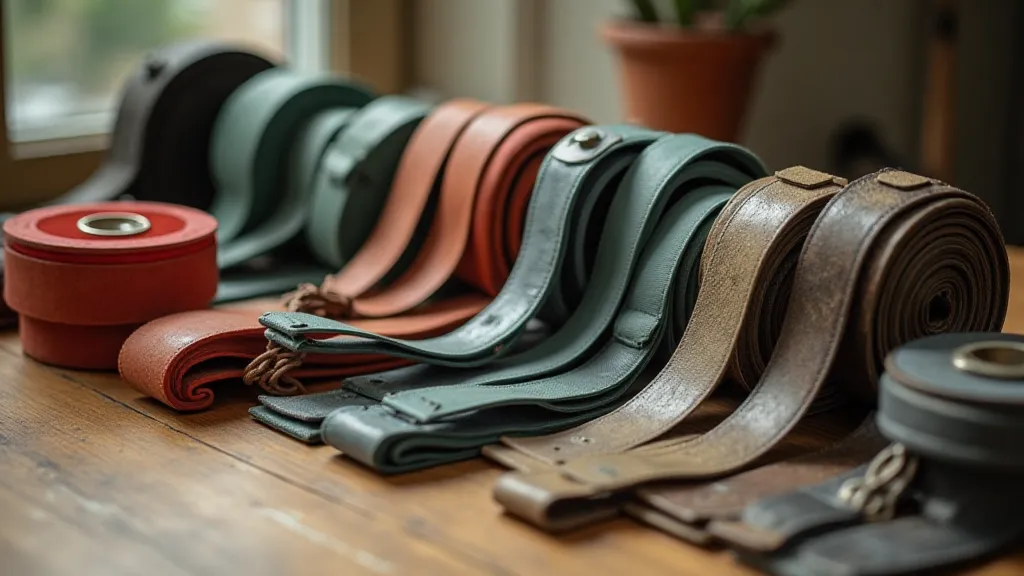
Beyond their monetary value, vintage typewriter ribbons offer a tangible link to the past. Imagine the documents they imprinted – the letters from loved ones, the official correspondence of businesses, the creative works of writers and artists. Each ribbon holds a story waiting to be rediscovered, a glimpse into a bygone era. The subtle variations in color and ink distribution tell tales of the machines they lived on, the hands that guided them, and the voices they conveyed. Many collectors focus intensely on the minute details, considering the slight imperfections in the ink distribution as evidence of the unique journey each ribbon undertook. It's a far cry from the sterilized, mass-produced products of today. The echoes of these historical records reveal so much about the ghosts of letters left behind.
Restoration and Preservation: Keeping the Colors Alive
Preserving and restoring vintage typewriter ribbons is a delicate art. Direct sunlight and improper storage can cause ribbons to fade, crack, and become brittle. Collectors often store ribbons in archival-quality boxes or sleeves to protect them from damage. Cleaning a ribbon can be risky, as it can damage the delicate ink.
